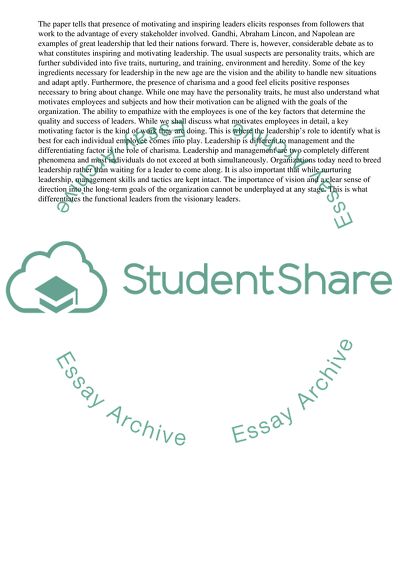Cite this document
(“Key Characteristics That Define a Leader and How Leadership Can Essay - 1”, n.d.)
Retrieved from https://studentshare.org/management/1579509-principles-of-management
Retrieved from https://studentshare.org/management/1579509-principles-of-management
(Key Characteristics That Define a Leader and How Leadership Can Essay - 1)
https://studentshare.org/management/1579509-principles-of-management.
https://studentshare.org/management/1579509-principles-of-management.
“Key Characteristics That Define a Leader and How Leadership Can Essay - 1”, n.d. https://studentshare.org/management/1579509-principles-of-management.


